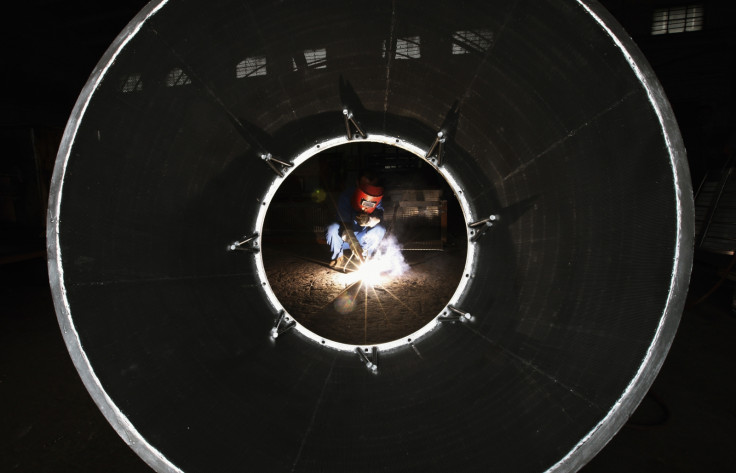China's Carbon Intensity Continues to Grow Despite Reduction Pledge

Contrary to its pledge to reduce carbon intensity by up to 45% by 2020, China has seen an increase of 3% owing to its massive economic growth, according to new research from the University of East Anglia (UEA).
Carbon emitting activities like mining, metal smelting and power generation have contributed generously to its emissions despite efficiency improvements, says the findings published in Nature Climate Change.
Cumulatively, China is the world's largest producer of CO2 emissions.
While China's government sets both climate and economic targets to evaluate performance of local governments, GDP is always given priority, the research points out.
The findings are part of a seven-year study conducted by Dabo Guan of UEA's School of International Development and an international research team
Guan, professor of climate change economics, said: "Capital investment creates a market demand for the large-scale production expansion of cement, steel and other highly emission-intensive processed materials, and the associated electricity generation to support their production."
Efficiency improvements will not help unless China can decouple its economic growth with emission-intensive capital investments, according to the research.
While carbon-intensive factories have been made more efficient, this has also resulted in increased production and associated rise in emissions.
For example, in Inner Mongolia, modernisation of factories led to metal smelting and cement production increasing 14-fold between 2002 and 2009.
While this meant a 159% efficiency improvement, the 141% increased scale of production meant the net efficiency gain was a comparatively modest 18%.
Wide variations were, however, reported between China's provinces, with less economically advantaged provinces registering a drop in net carbon efficiency by 27%.
Marked improvements occurred in the economically advanced coastal areas and the heavily industrialised inland regions.
In the past decade, China has maintained at least an 8% annual GDP, propped up by massive infrastructure.
On the positive side, official statistics for the first half of 2014 show an encouraging 5% decrease in carbon intensity.
Concentrations of carbon dioxide in the atmosphere hit record levels last year with the emissions rate being the fastest in the past 30 years.
According to World Meteorological Organisation data, the globally averaged amount of carbon dioxide reached 396 parts per million (ppm) in 2013, an increase of almost 3 ppm over the previous year.
Water pollution
Guan's recent research in Environmental Science & Technology shows China's growing economy has also caused serious strain on the country's freshwater resources, with manufacturing being the major culprit.
Almost 75% of China's lakes and rivers and 50% of its groundwater supplies are contaminated.
The research was partly funded by the Economic and Social Research Council's (ESRC) Centre for Climate Change Economics and Policy (CCCEP) at the University of Leeds.
© Copyright IBTimes 2025. All rights reserved.




















